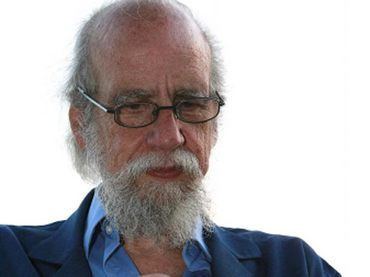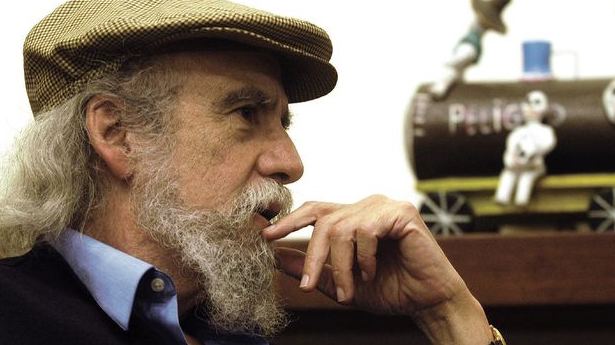 | ||
Fernando gonz lez gort zar conferencia cuaad
Fernando González Gortázar (born 19 October 1942, Mexico City) is a Mexican architect, sculptor and writer, considered to be one of the most influential Mexican architects of the 20th century.
Contents
- Fernando gonz lez gort zar conferencia cuaad
- Arquitecto fernando gonz lez gort zar
- Biography
- Prizes and distinctions
- Realized projects
- Books by Fernando Gonzlez Gortzar
- Books about Fernando Gonzlez Gortzar monographs
- References
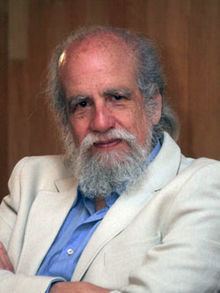
Arquitecto fernando gonz lez gort zar
Biography
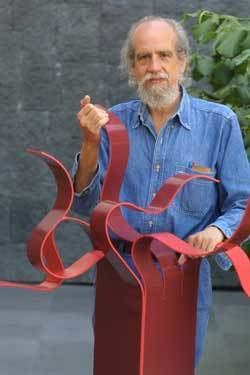
Fernando González Gortázar grew up and spent his youth in Guadalajara, Jalisco, and has lived in Mexico City, where he was born, since 1990. He studied architecture at the University of Guadalajara (Mexico) and received his BA in 1966, presenting as his thesis the project for a National Monument to Independence. As a student, he participated in several sculpture workshops with Professor Olivier Seguin at the School of Fine Arts of the same university.
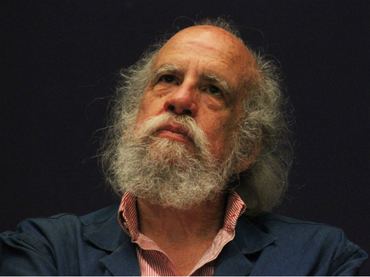
He studied Esthetics with Pierre Francastel at the Superior School of Art and Archeology (now the Institute of Art and Archeology), and the Sociology of Art with Jean Cassou at the Collège de France, both in Paris (1967-1968). An architect, urbanist, landscape artist, scholar of Mexican folklore, he has fought for the preservation of the historical-cultural and ecological-natural heritage of Mexico.
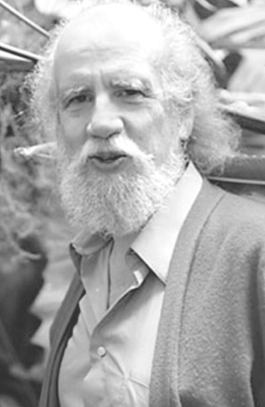
Among his most important works, we find The Great Gate (1969), the Fountain of Sister Water (1970), the entrance to González Gallo Park and The Tower of Cubes (both from 1972), the Plaza-Fountain (1973), the González Silva House (1980), the Elf’s Walkway (1991), the Maya People’s Museum (1993), the Public Safety Center (1993), the Los Altos University Center of the University of Guadalajara (1993, still unfinished), the Chiapas Museum of Science and Technology (2005), and the Emblem of San Pedro (Fátima and the Flags Monument, 2011), and The Three Hairs of the Devil (2014), all in various cities in Mexico, as well as the Fountain of Stairs (Madrid, 1987) and The Escorial Tree (El Escorial, 1995) in Spain, and the Disjointed Column (1989) at the Hakone Open-Air Museum, in Japan.
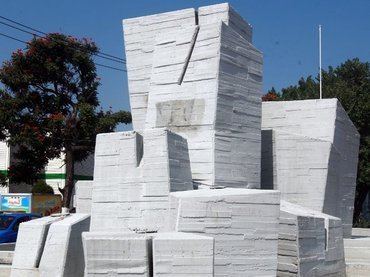
In 2000, he held the Federico Mariscal Professorship of the Department of Architecture of the National Autonomous University of Mexico (UNAM). In 2009, he hosted Cancioncitas (Little Songs), 26 radio programs on Mexican popular music in the twentieth century, for Radio UNAM, which were later rebroadcast by several stations in Mexico and Colombia.
Prizes and distinctions
Fernando González Gortázar has an honorary doctorate from the University of Guadalajara.
He was awarded the National Prize for Arts and Sciences in 2012.
In 2014, a personal exhibition of González Gortázar was held at the Museo de Arte Moderno.
Realized projects
